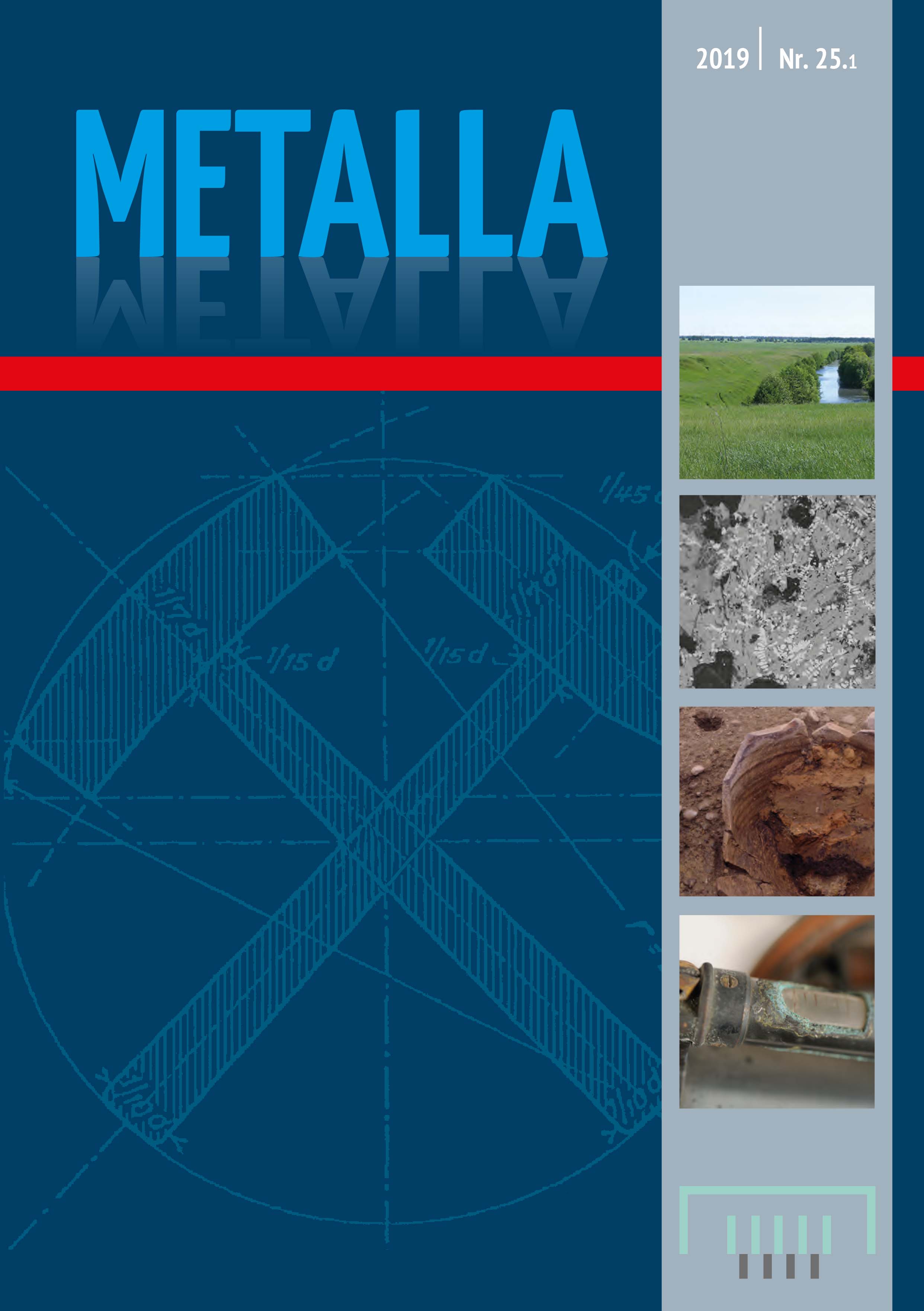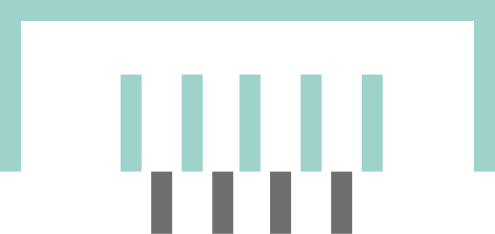In Search of Frequency: Glass-induced Metal Corrosion in the Deutsches Bergbau-Museum Bochum
DOI:
https://doi.org/10.46586/metalla.v25.2019.i1.33-41Keywords:
Deutsches Bergbau-Museum, formate, GIM, glass induced metal corrosion, miners’ lamps, surveying instrumentsAbstract
Together with humidity and oxygen from the air, electrolytes that form during glass decay can induce corrosion in neighbouring metals. The presence of sodium, potassium, and formate ions on glass leads to the formation of special metal corrosion compounds. The late discovery of this phenomenon in museum collections pointed to its rareness, but a survey in the cultural history collection of the Swiss National Museum discovered the proportion of affected objects was more than 20 %. The question arose whether this is a common phenomenon or if it only occurs in exceptional cases. For a new investigation and for an independent test on the frequency of this phenomenon, the collection of the Deutsches Bergbau-Museum Bochum (DBM) was selected. The museum has large collections of miners’ lamps and surveying instruments, which exhibit glass-metal contact. In fact, severe cases of corrosion have rarely been detected, but light cases are in the order of 10 %. The compounds identified in the DBM technical heritage collection were the same as those found before in decorative arts collections.
Downloads
Published
Issue
Section
License
Copyright (c) 2020 Alexandra Schorpp, Miriam Braun, Andrea Fischer, Gerhard Eggert

This work is licensed under a Creative Commons Attribution 4.0 International License.



